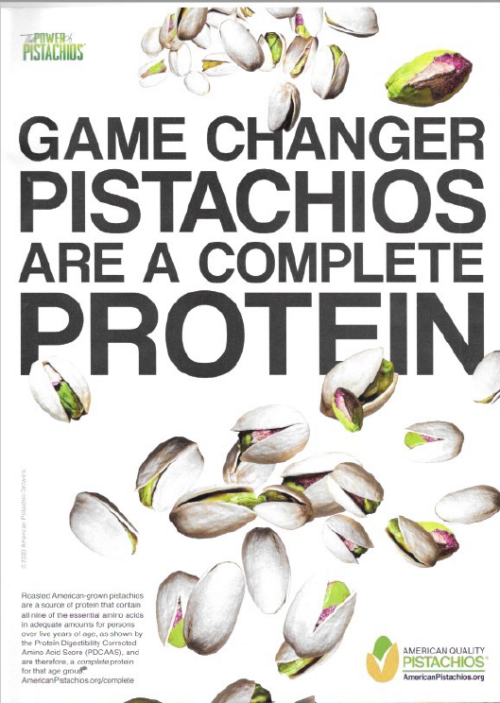Industry-sponsored study of the week: walnuts
I learned about this one from an article in FoodNavigator: Study: Walnut consumption linked to improved life expectancy
New research from the Harvard T.H. Chan School of Public Health funded by the California Walnut Commission has found a possible link between higher walnut consumption and increase in life expectancy among older US adults.
The article quotes the senior author:
What we’ve learned from this study is that even a few handfuls of walnuts per week may help promote longevity, especially among those whose diet quality isn’t great to begin with. It’s a practical tip that can be feasible for a number of people who are looking to improve their health, which is top of mind for many people.
Washington Post columnist Tamar Haspel tweeted about this study: “I have a pretty big beef with nutritional epidemiology, and there’s a new study on walnuts that pushes all my button[s].”
Her beefs:
- Difficulties interpreting information from food frequency questionnaires
- Complications of correcting for confounding variables (18 in this case)
- Implications of causation (“lots of talk about the cardioprotective aspects of walnuts”)
- The study was not pre-registered
- It was funded by the walnut industry
Her view (with which I concur):
- “Studies like the [sic] have helped create the mess that is nutrition advice”
- “We DO NOT have the tools to assess the health impact of specific foods.”
- “Eat a wide variety of whole-ish foods you enjoy in quantities consistent with the weight you want to be. Eat walnuts if you like them.”
The study: Association of Walnut Consumption with Total and Cause-Specific Mortality and Life Expectancy in U.S. Adults. Xiaoran Liu, Marta Guasch-Ferré, Deirdre K. Tobias, Yanping Li.
Method: Correlated information on dietary intake of walnuts from two large epidemiological studies with mortality.
Conclusions: We reported that higher consumption of walnut was associated with a lower risk of all-cause mortality and CVD mortality in two large prospective studies of U.S. elder adults, especially among those with suboptimal dietary quality. We estimated a greater life expectancy at age 60 of 1.3 years in women and 1.26 years in men, among those who consumed walnuts more than 5 servings/week compared to non-consumers.
Conflicts of interest: Li has received research support from California Walnut Commission. The funder has no role in the design and conduct of the study, in the collection, analysis, and interpretation of the data, and in the preparation, review, or in the decision to publish the results. All other authors have reported that they have no relationships relevant to the contents of this paper to disclose.
Comment: In addition to Haspel’s comments, I would add that the statement that the funder had no role is difficult to evaluate. Industry funders generally do not pay for research likely to come out with results unfavorable to their products and much evidence suggests that influence is exerted at an unconscious level. I provide evidence for this and other observations about industry “funding effects”—observations that research sponsored by food companies almost invariably produces results favorable to the sponsor’s interests but that recipients of industry funding typically do not recognize its influence—in my book, Unsavory Truth: How Food Companies Skew the Science of What We Eat.
I must also point out that walnuts are not the only nuts singled out for specific health benefits. See, for example, “Pecan-Enriched Diets Alter Cholesterol Profiles and Triglycerides in Adults at Risk for Cardiovascular Disease in a Randomized, Controlled Trial” in a recent issue of the Journal of Nutrition. Its sponsor was the Georgia Pecan Commission.
The bottom line: eat whatever nuts you like.





